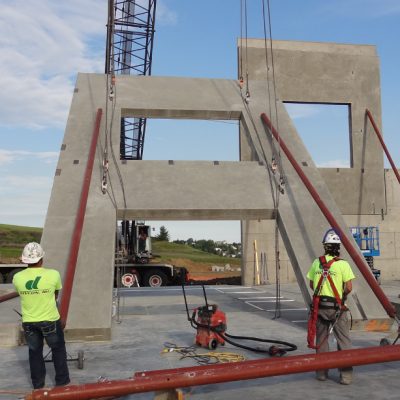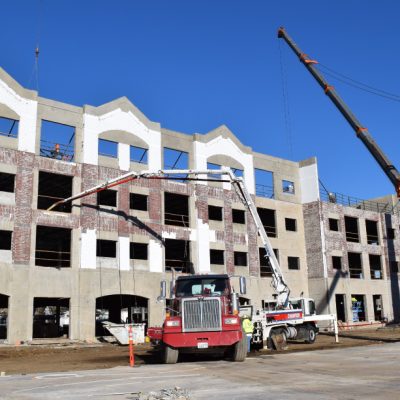High Thermal Performance
The thermal mass of concrete reduces both the heating and cooling needs of a building. Because of that, the mechanical systems on a tilt-up can often be reduced in size when compared to other building types. Additionally, a tilt-up building will often times require less insulation.
Limitless Aesthetics
Any tilt-up can be an architectural work of art. A concrete building can use integral colored concrete, paint, or sandblasted patterns to create interest and dimension. Additionally, form liners can be used to give the concrete surfaces a look and feel like stone, wood grain, or even the look of animals or plants! The options are limitless.
Low Life-Cycle Costs
A tilt-up requires less maintenance compared to other building types, primarily because concrete is very difficult to damage. If the interior of a tilt-up building is also concrete, the damage it will sustain will be dramatically lower when compared to alternatives. Concrete walls can also be washed down very easily.
Insurance costs are often times lower on a tilt-up building compared to a steel or wood building. This is due to a lower likelihood of fire, less chance of storm damage and greater security because of concrete walls.
Energy Savings
Because concrete has the highest thermal mass of any building material, it is a great choice when energy savings is a goal. The high thermal mass of concrete reduces both the heating and cooling needs of a building throughout the day. This results in direct savings on energy costs.
Improved Building Performance
Overall, a tilt-up building will perform better in:
- Thermal Performance
- Lower Life Cycle Costs
- Energy Savings
- Damage from regular operations, weather, and natural disasters




